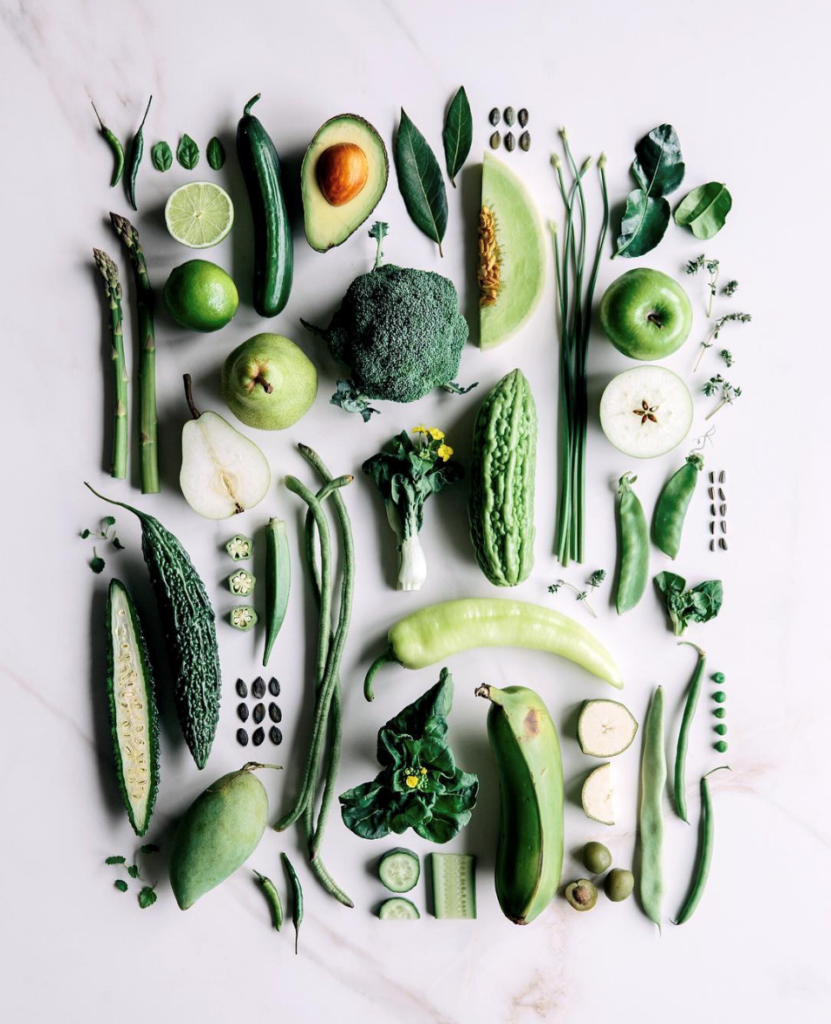Robert Claridge N.D.
Specialist Naturopath, Holistic Nutritionist, Herbalist, Homoeopath, R-System Specialist
The other day I inadvertently left my lunch box on my desk which prompted one of my clients to ask: ‘What does a Naturopath eat for lunch?’
I opened it up and showed them my fare and explained my criteria for a healthy lunch. On this day it was an Italian salad comprising steak, tomato, onion, cucumber, olives, goat fetta and basil on a bed of spinach, dressed with balsamic vinegar and olive oil.
I explained that I generally eat something different for lunch each day and am guided by the following criteria:
- My lunch should have minimal preparation time. I have an abundant schedule both at work and at home and I’d rather spend more time eating my meal than creating it. For this reason, I plan ahead. I make sure that I cook extra protein in my evening meals, have vegies chopped up in advance and a variety of pre-made dressings. Given that all my ingredients are ready-to go I can stick to my five-minute rule for creation and clean-up. By doing this the night before, I can walk out the door in the morning with a healthy lunch and know that I’ll have more time to rest and digest in my lunch break. Ultimately the key here is best summed up in the following quote: ‘By failing to prepare, you are preparing to fail!’

2. My lunch should be in macro-nutrient balance. In simple terms, it should contain protein, (for my muscles and organs), carbohydrate, (for energy and cell replication), fat, (for communication via brain, nervous system, hormones and cell membranes) and fibre, (for microbiome health). These ingredients should be in the ratio of one part protein, 2 parts carbohydrate and a sprinkle of fat. This formula creates a low glycaemic meal which ensures prolonged energy, healthy body composition and reduced inflammatory response. It sounds complicated, but it is just a visual ratio that once you’re in the flow is as easy as ABC.
3. My lunch should be colourful. The colours found in fresh foods indicate the presence of powerful health-promoting chemicals. Here’s a quick summary of the benefits of eating a rainbow.
Red – rich in the carotenoid lycopene, a potent scavenger of gene-damaging free radicals that seems to protect against prostate cancer as well as heart and lung disease.
Found in: strawberries, cranberries, raspberries, tomatoes, cherries, apples, beetroot, watermelon, red grapes, red peppers, red onions.
Orange and yellow: Provide beta cryptothanxin, which supports intracellular communication and may help prevent heart disease.
Found in: carrots, sweet potatoes, yellow peppers, oranges, bananas, pineapple, mango, pumpkin, apricots, pumpkin, peaches, cantaloupe, corn.
Green: rich in cancer-blocking chemicals like sulforaphane, isothiocyanates, and indoles, which inhibit the action of carcinogens (cancer-causing compounds).
Found in: spinach, avocados, asparagus, artichokes, broccoli, alfalfa sprouts, kale, cabbage, brussels sprouts, kiwi fruit, green herbs (mint, rosemary, sage, thyme, and basil).
Blue and purple: Have powerful antioxidants called anthocyanins believed to delay cellular ageing and help the heart by blocking the formation of blood clots.
Found in: blueberries, blackberries, elderberries, purple grapes, raisins, eggplant, plums, figs, prunes, purple cabbage.
White and brown: The onion family contains allicin, which has anti-tumour properties. Other foods in this group contain antioxidant flavonoids like quercetin and kaempferol.
Found in: onions, cauliflower, garlic, leeks, parsnips, daikon radish, mushrooms.
4. My lunch should taste great. We eat food for 3 key purposes. Firstly, to obtain energy. Secondly, to gather building blocks for recovery and repair. Thirdly, to celebrate and experience joy. I believe the third reason is as important as the other two as the enjoyment of food contributes to our overall well-being, enhances social and cultural experiences, and plays a role in our emotional and psychological health. The pleasure derived from food is a fundamental aspect of the human experience.
I hope you found my 4 tips for creating a healthy and tasty lunch box helpful.
BON APPETIT!
Rob
